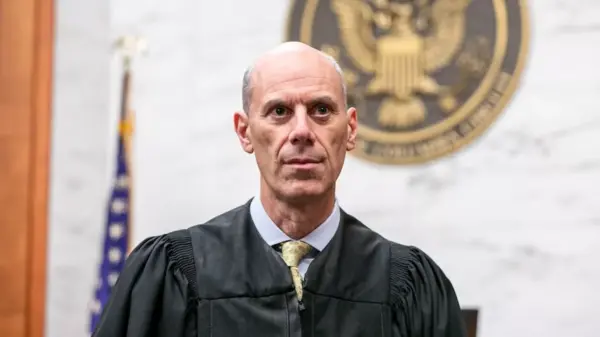In Pennsylvania, home health care agencies are urgently requesting an additional $370 million in the state budget to avert a looming crisis in care services. As the state’s population ages rapidly, organizations providing essential medical assistance and daily support for homebound patients warn that chronic underfunding and staffing shortages are threatening their ability to operate effectively.
Advocates from the Pennsylvania Homecare Association emphasize that significant funding gaps have persisted for years, exacerbated by low reimbursement rates from state programs like Medicaid. This funding structure has left many agencies unable to offer competitive wages, leading to high turnover and unfilled positions. According to Laura Ness, board president of the Pennsylvania Homecare Association, “The need is so substantial because it’s been decades of chronic underfunding. But now, we have to start to really dig ourselves out of this hole.”
As budget negotiations continue in Harrisburg, the Democratic-controlled state House of Representatives passed a budget bill in July, while discussions are ongoing in the Republican-controlled Senate. The legislature has missed the official deadline for passing a new fiscal year budget, which was set for June 30.
Staffing Shortages and Funding Challenges
An estimated 400,000 individuals in Pennsylvania receive in-home care services. These services encompass a range of essential activities, including skilled nursing, physical therapy, and assistance with daily tasks. The demand for these services is heightened among seniors and individuals with disabilities. Nonetheless, the physical demands of home care work can be overwhelming, particularly for those who often operate without the support systems available in traditional health care settings.
The average base wage for personal assistance agency employees in Pennsylvania stood at $15.69 per hour in 2023. Many caregivers face the difficult decision of leaving the profession due to inadequate compensation, as they must balance their own financial responsibilities with their commitment to caregiving. “We have folks that really love to do it… but they’re oftentimes faced with the choice of, ‘I can no longer afford to do this work,’” Ness stated.
The current staffing crisis has significant implications. The Pennsylvania Homecare Association reports that over 112,500 home care shifts go unfilled every month, forcing families to explore alternative care options. Many workers have migrated to neighboring states like New Jersey and New York, where they can secure better wages.
Budget Implications and Future Outlook
Home care agencies in Pennsylvania are advocating for a crucial adjustment in Medicaid reimbursement rates, which have remained stagnant for more than a decade. An independent study commissioned by the Shapiro administration highlights the need for updated fee schedules, noting that delaying these adjustments only increases the eventual financial burden on the state. To adequately support the industry, the estimated cost of aligning reimbursement rates with market conditions could reach $856 million.
The proposed $370 million funding increase represents a modest 10% rise in reimbursement rates for personal assistance services and is viewed as a vital first step toward addressing the systemic issues facing home care in Pennsylvania. Despite the challenges, leaders of Philadelphia home care agencies have communicated to lawmakers that this request is less than half of what is truly needed.
Governor Josh Shapiro has proposed only a $21 million increase for wage enhancements, which advocates argue is insufficient given the growing demand for services. If staffing shortages persist and shifts remain unfilled, families may face limited options for care, potentially leading to premature placements in more expensive settings like nursing homes.
The situation underscores the urgent need for legislative action to secure the future of home care in Pennsylvania. Without significant investment and structural changes, the state risks a crisis that could profoundly impact thousands of families relying on these essential services.




































































